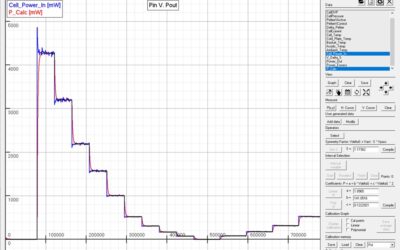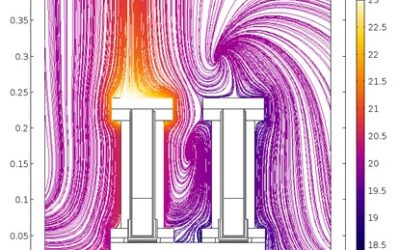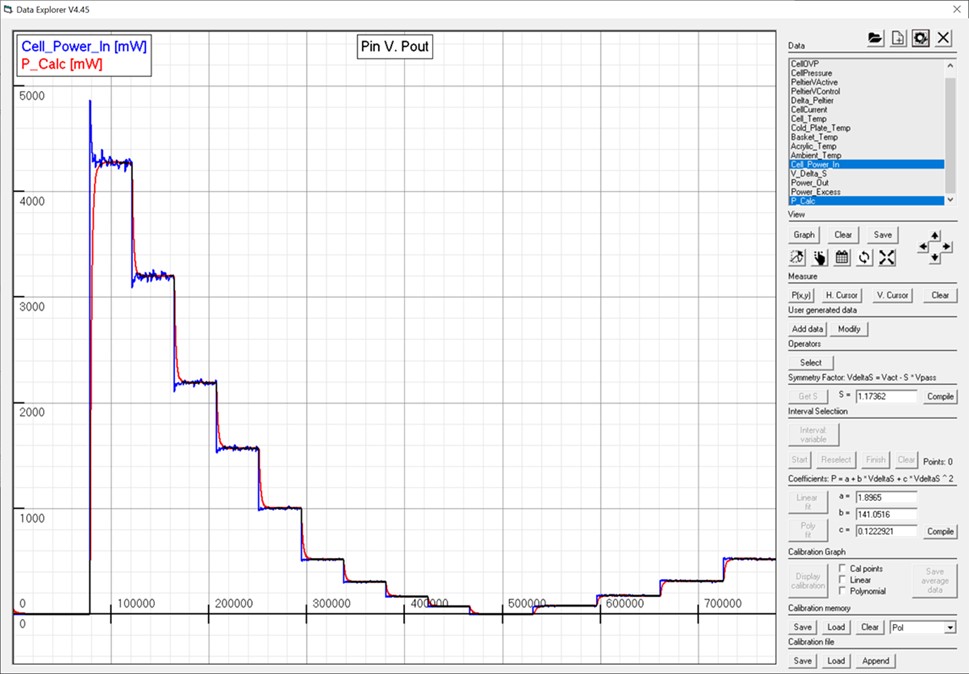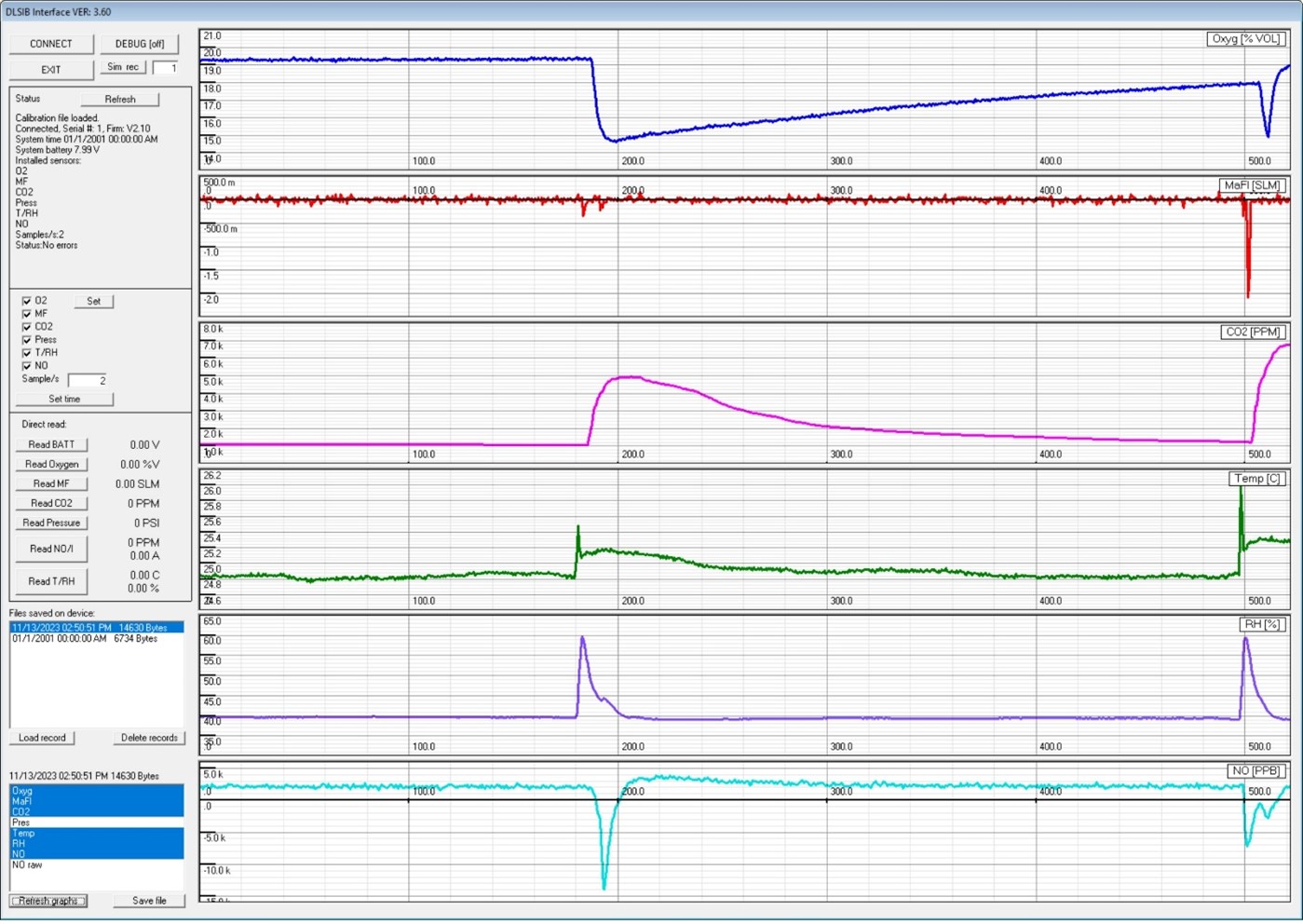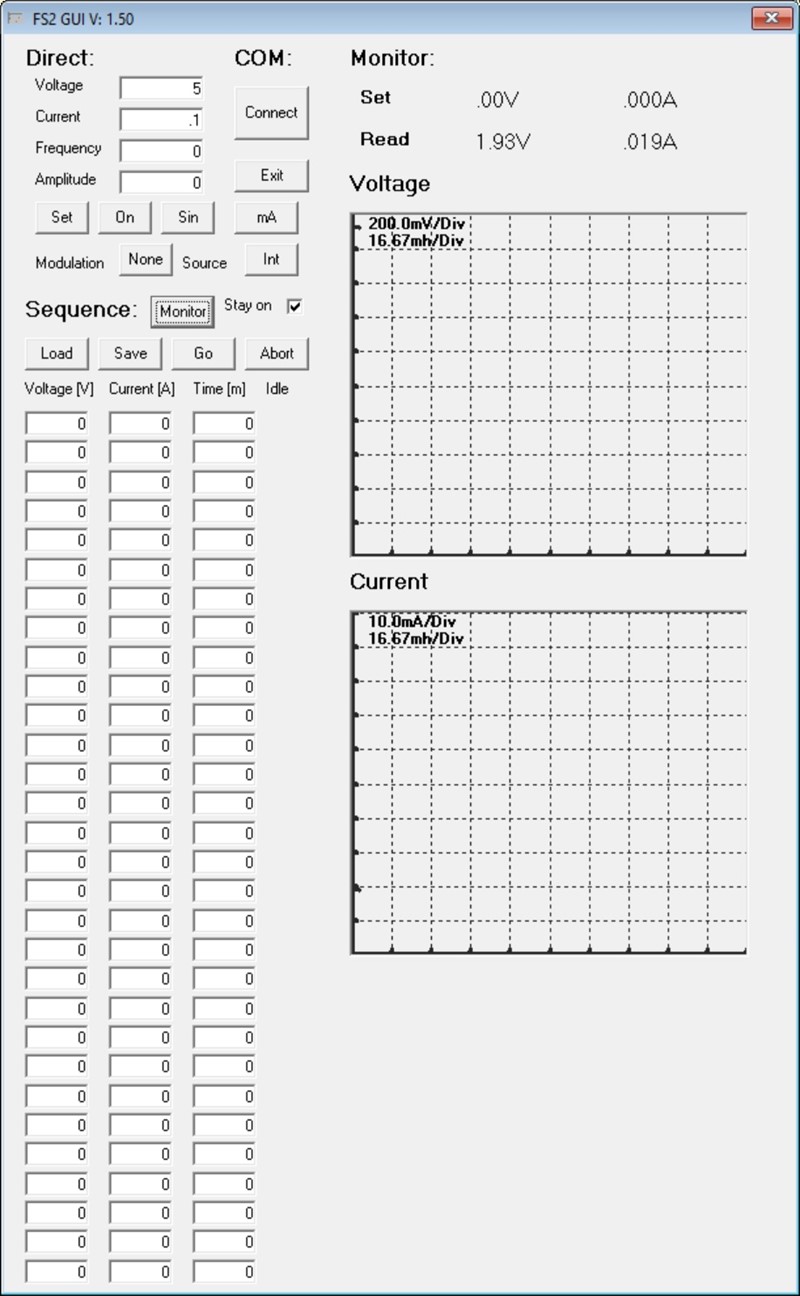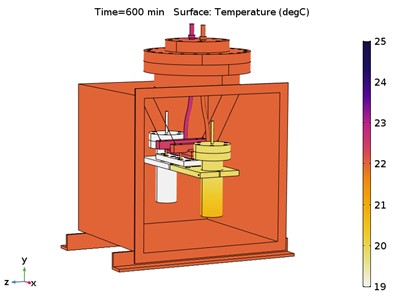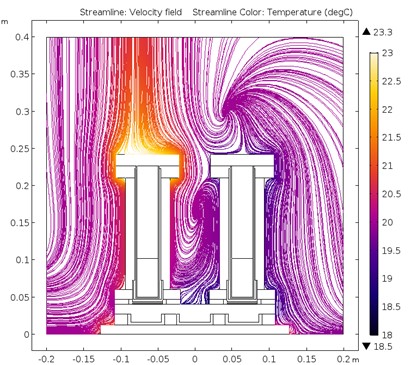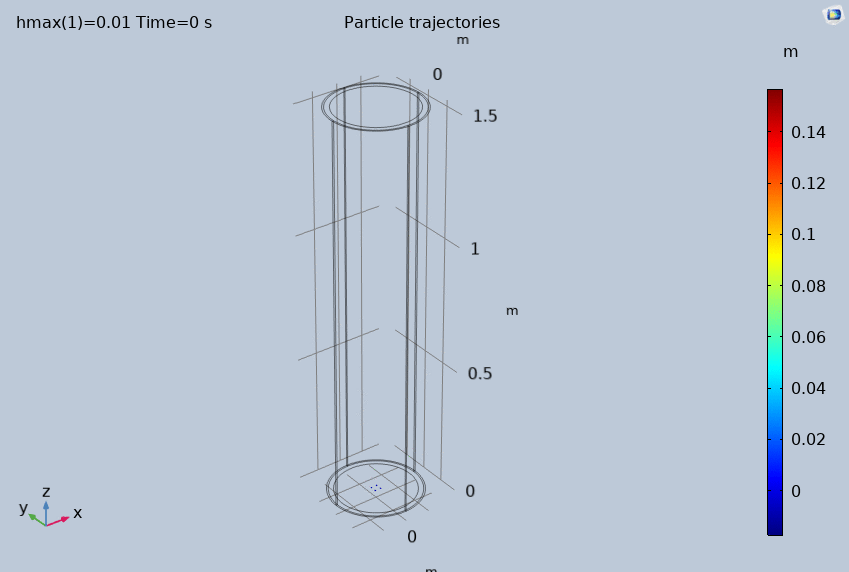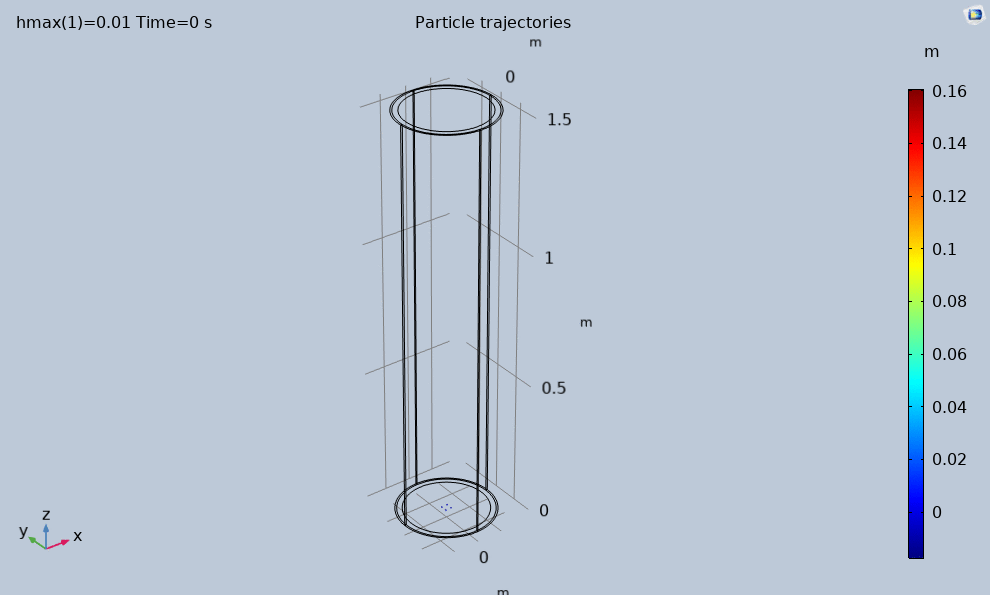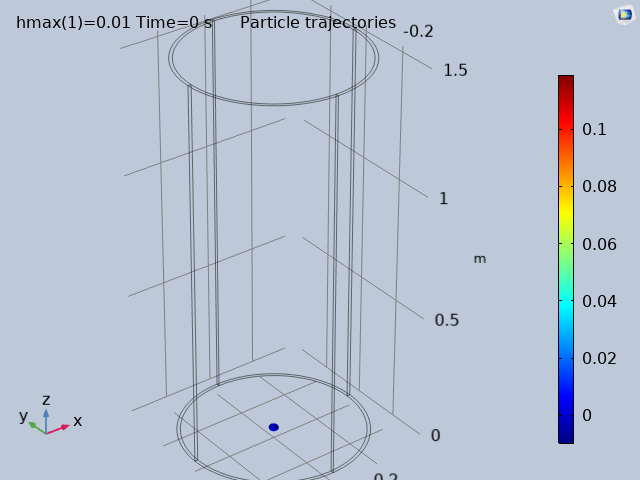Software Development
Many major corporations today are adapting and expanding their product lines by making incremental improvements to their well-proven and time-tested product designs. But this leads to the risk of incrementally evolving the one successful product to fall outside its original design optimization. BSI can assist with this process using COMSOL and other advanced simulation and design capabilities, going beyond the incrementalism to fundamentally confirm optimal performance through first-principles design optimization, starting with a ‘blank slate’, zero-assumption approach.
Custom Software Design
BSI designs custom software for the Windows operating system.
COMSOL Simulations
COMSOL Simulations
Custom Software Design
Custom Software Design
BSI designs custom software for the Windows operating system. Software suites can be written for data manipulation, or interfacing with commercial equipment or custom units. Examples of custom software include:
DataExplorer, a program designed for a private research institute that uses a graphical interface to perform calibrations for custom calorimeters, and graphs and displays any and all parameters from the calorimeter. Below is the main screen displaying the actual power input versus the generated calculated function:
The software has extensive data analysis functions built-in:
Another example is an interface for a data-logging breath gas exchange analyzer. The unit sets operating parameters of the logger, and uploads raw binary data, which is then processed and displayed:
BSI can create custom software to control commercial equipment that is tailored to your specific needs. A power supply control program is shown below that allows discreet setting of voltage and current at chosen intervals and displays read-back actual values versus time:
COMSOL Simulations
COMSOL Simulations
With access to the full COMSOL Multiphysics® software suite, a wide variety of simulations have been developed to address engineering challenges, solve complex issues in physical systems, and optimize design iterations. The individual modules simplify the simulation development by focusing on the key boundary conditions and input parameters necessary for defining an appropriate model. Our expertise is primarily focused on heat transfer, fluid dynamics, and electromagnetics.
Time domain thermal simulation of a vacuum calorimeter system measured with 1 W heating power input.
Steady state fluid flow simulation of the water-cooling block designed for the vacuum calorimeter system.
Fluid flow simulations of an open-air differential calorimeter were used to study the effect of the insulating medium used to surround the experimental container.
2D electric field simulation of a high voltage SiC MOSFET package. An electrical breakdown was audibly detected; however, the location of the arcing was not visible. The simulation model was developed to determine the likely arcing location so that an appropriate solution could be implemented.
3D simulation of 4.5 MeV alpha particles in a 0 T magnetic field.
3D simulation of 4.5 MeV alpha particles in a 3 T magnetic field.
Simulation of 3 A of alpha particles in a 3 T magnetic field. The coloumbic interaction is weak.
Simulation of 300 A of alpha particles in a 3 T magnetic field. The coloumbic interaction is very strong.
Providing the materials and tools you need for success.

